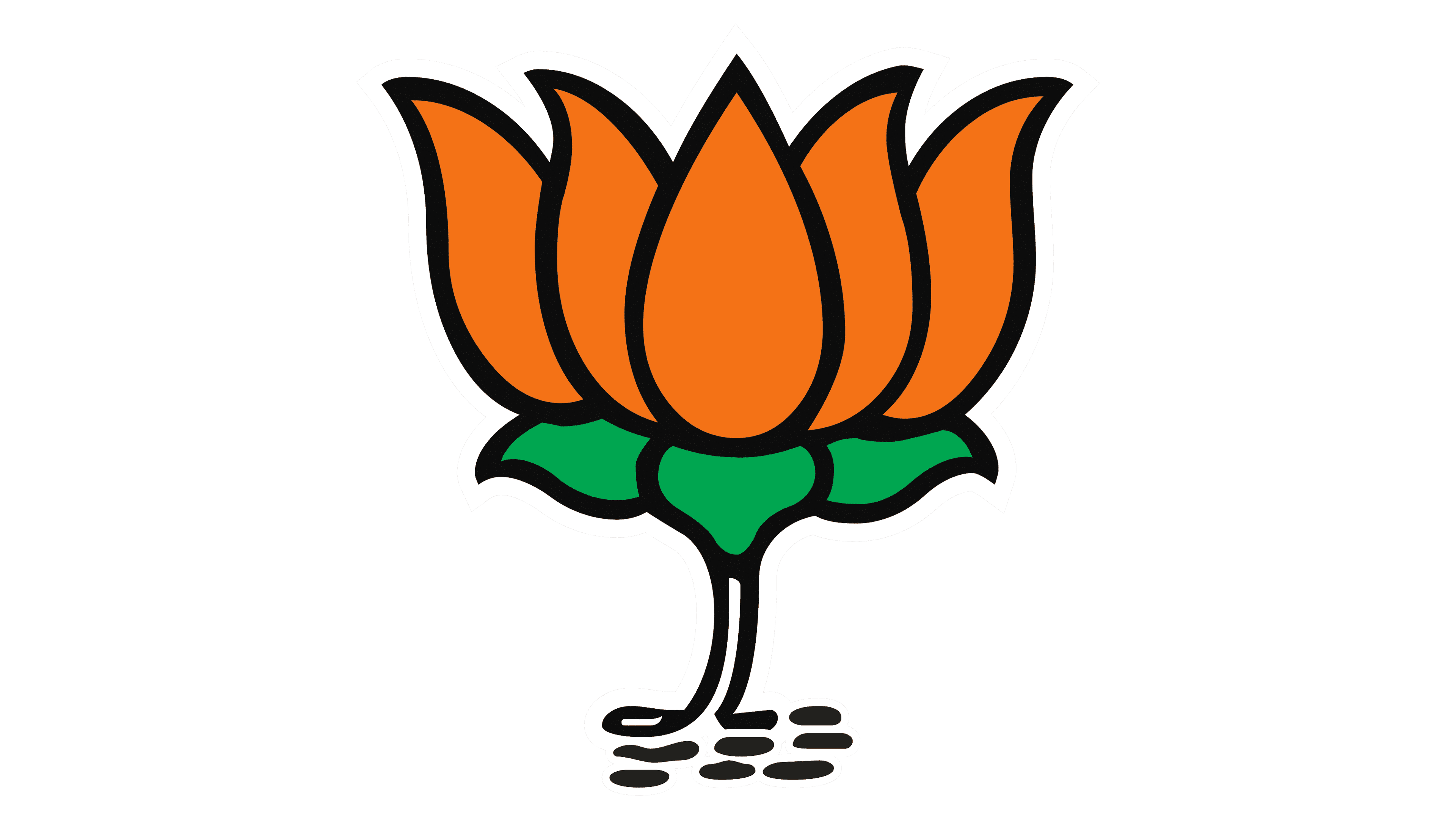The Bharatiya Janata Party (BJP), founded in 1980, stands as a pivotal political entity in India, emerging from the earlier Bharatiya Jana Sangh established in 1951. The party champions the ideals of Hindu nationalism, upholds conservative societal norms, and promotes principles of a free market economy. Occupying a dominant position in the Indian political arena, alongside the Indian National Congress, the BJP plays a crucial role in shaping the country’s policies and cultural discourse, marking its significant influence in India’s governance and societal fabric.
Meaning and History
In its early periods, the BJP gradually built its presence in Indian political landscape, gaining traction specifically in the northern and western parts of India. The party’s commitment to Hindutva, highlighted by the contentious destruction of the Babri Masjid in 1992, played a key role in unification its Hindu voter base, although it also sparked debates about India’s secular ethos.
The 1990s marked a moment of ascent for the party, especially under Atal Bihari Vajpayee’s leadership, specializing in moderation, economic reforms, and governance. Vajpayee’s tenure as PM saw significant developments, including economic growth and efforts towards maintance of piece with nearby nations.
Under Narendra Modi’s managemens in latest times, the BJP has achieved remarkable voter victories, most notably in the 2014 general elections. Modi’s administration has been characterized by major economic initiatives like the GST and ‘Make in India’, and has pid attention on country’s security. However, it has also been criticised social social inclusivity and religious freedom. Disregarding these challenges, the BJP stays a central figure in India’s political and economic trajectory.
What is BJP?
BJP is an acronym for the Bharatiya Janata Party, one of two major parties in the republic of India. They advocate for Indian nationalism and conservatism, as well as freedom of market in the country.
1980 – today
The image depicts a stylized lotus, the official symbol of the Bharatiya Janata Party (BJP), which is one of the two major political parties in India. The lotus is rendered with a bold outline in black, filled with a vibrant saffron, which is of the party’s colors. Below the lotus are green leaves that add contrast and signify growth and vitality.
The lotus stands upright, with its petals fully bloomed, indicating openness and fullness. At the base of the stem, there are small black seeds arranged in a scattered pattern, representing potential and the seeding of the party’s ideology. This logo is simple yet impactful, encapsulating the party’s identity and values in a clean and modern design that’s easily recognizable.
Color
The use of saffron is particularly noteworthy as it’s a color deeply associated with courage, sacrifice, and the spirit of renunciation in Indian culture, aligning with the party’s nationalistic ideals. The green leaves not only provide a balance but also resonate with the concept of growth and harmony with nature.


